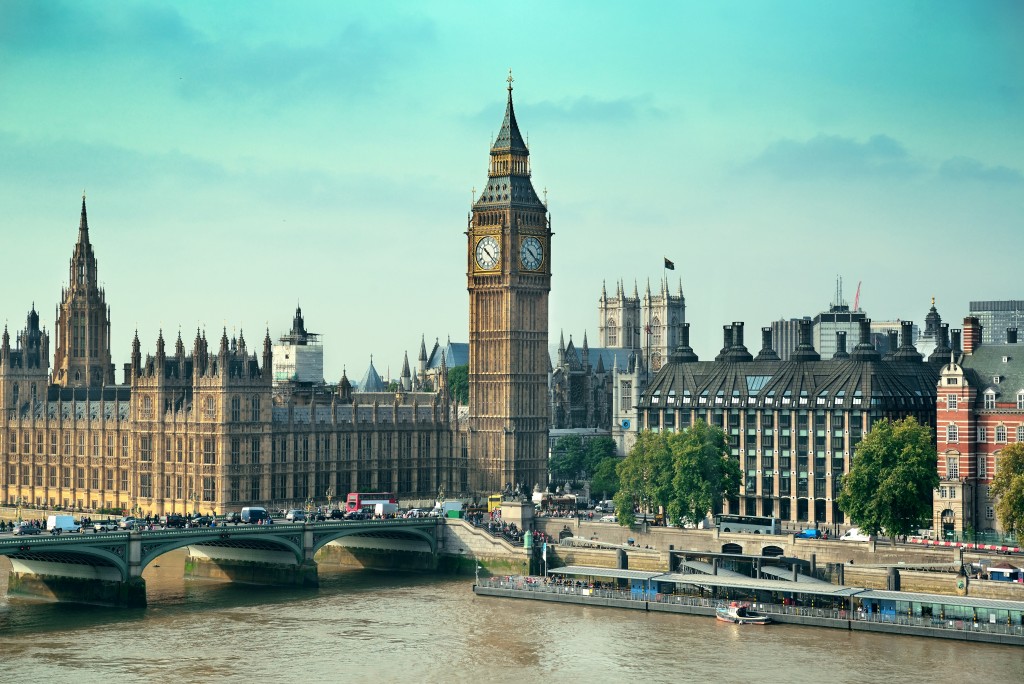Architecture is one of the best “inventions” that ever came about. And British architectural styles are some of the best in the world. It exudes class, elegance, and even royalty, depending on how it’s executed.
A lot of reputable real estate companies in the UK, such as HOP Ltd, agree that British architecture is stylish and beautiful. It has seen several changes over time but a lot of the styles and movement from past centuries still remain as impactful and as brilliant as they did during their time. Here are a few of Britain’s most popular architectural styles from the 15th century onwards.
8 Most Popular British Architectural Styles for Residences
1. Tudor
Between 1486 and 1558, Tudor architecture became popular in England. It is, in essence, a transitional style that had several characteristics of both Renaissance and Gothic styles. It was the last phase of Medieval architecture with an emphasis on vertical lines, masonry chimneys, half-timbering and gable roofs, and grouped windows.
Generally, Tudor houses share common features such as steeply pitched roofs, predominantly brick facade highlighted by half-timber frames, and doors that have an almost castle-like appearance. ;
2. Elizabethan
This architectural style refers to most buildings and structures built during Queen Elizabeth I’s reign in England and Ireland. Houses that were built during this time were more glass than walls as the style moved away from security to let as much natural light inside as possible. This made the houses look brighter and airier.
Elizabethan houses have massive upright and vertical timbers for frames that were often supported by diagonal timbers. The walls were daubed in mortar and then whitewashed afterwards.
3. Georgian
Georgian architecture is best known for its proportion, symmetry, and balance. This style became famous between 1714 and 1830 in England. It’s elaborate interiors, and classical exteriors are somewhat reflective of its Roman influence.
Typically, walls in this architectural style were painted in one colour. The ceilings were divided into smaller sections. Prevalent to this style are high ceilings, panelled doors, and colours such as light blue, pea green, pink, and lavender.
4. Victorian
The Victorian era had several elements of different architectural styles, including Renaissance and Medieval architecture. It is a style that is known for a series of architectural style revivals that was prevalent during the mid-to-late 19th century, the time when Queen Victoria was on the throne.
It is characterized by highly elaborate details, multi-coloured brickwork, and bay sash windows. Woodwork painted in white and cast-iron gates help complete its look.

5. Edwardian
The Edwardian period in architecture was short-lived compared to the other iconic styles. It took place between 1901 and 1910, just a few years prior to the first world war. It was also synonymous with Neo-Baroque and took influence from both Medieval and Georgian eras.
It is far less ornate than the Victorian-era architecture and was wider and roomier with more windows and bigger hallways. It also included roughcast walls, bare floorboards with rugs, half-timbering, and wooden porches. ;
6. Art Deco
Art Deco, or Deco, appeared in France before the first world war started and eventually made its way into England. It lasted for over a decade covering the years between 1925 and 1939. It is a two-phase architectural movement: the Zigzag Moderne which was prevalent in the ‘20s and Streamline Moderne in the ‘30s.
The style’s prominent features include flat roofs, curved corner walls, round windows, chevrons, and zigzags. A lot of public buildings adapted this style during the time.
7. The 1930s
Homes that were built during the 1930s architectural era were influenced by a lot of different styles but were mostly modern. They often featured uncomplicated lines and clean curves and were mostly built from cement and steel.
Houses during this time were a lot smaller compared to older homes and bungalows became all the rage. Its more popular features include red clay roof tiles, oak doors, oak panelling interiors, and false beams.
8. Post-World War II
After the second world war, houses took a break from taking inspiration from past architectural styles and were mostly modernized. A lot of the houses during this time were renovated to add a modern touch but also retained their charming features.
Post-modern architecture appeared during the mid-to-late ‘60s which sought to improve the Modernist and Internationalist styles. It intended to turn what was cold, functional, and impersonal into something more pleasant and inviting.
Even as the world moves towards more modern and futuristic architectural styles, the above-mentioned iconic styles will continue to stand out in history. They forever will be timeless, classic, and elegant.



